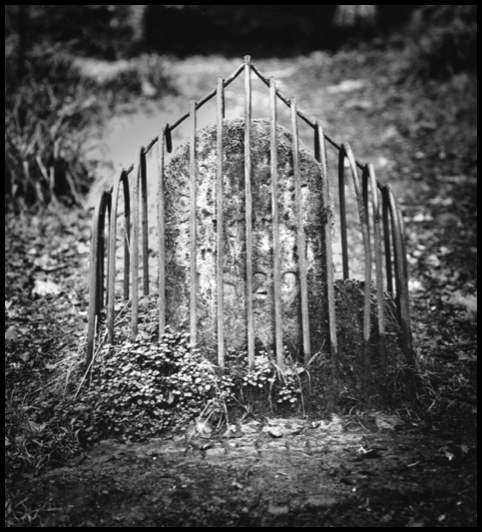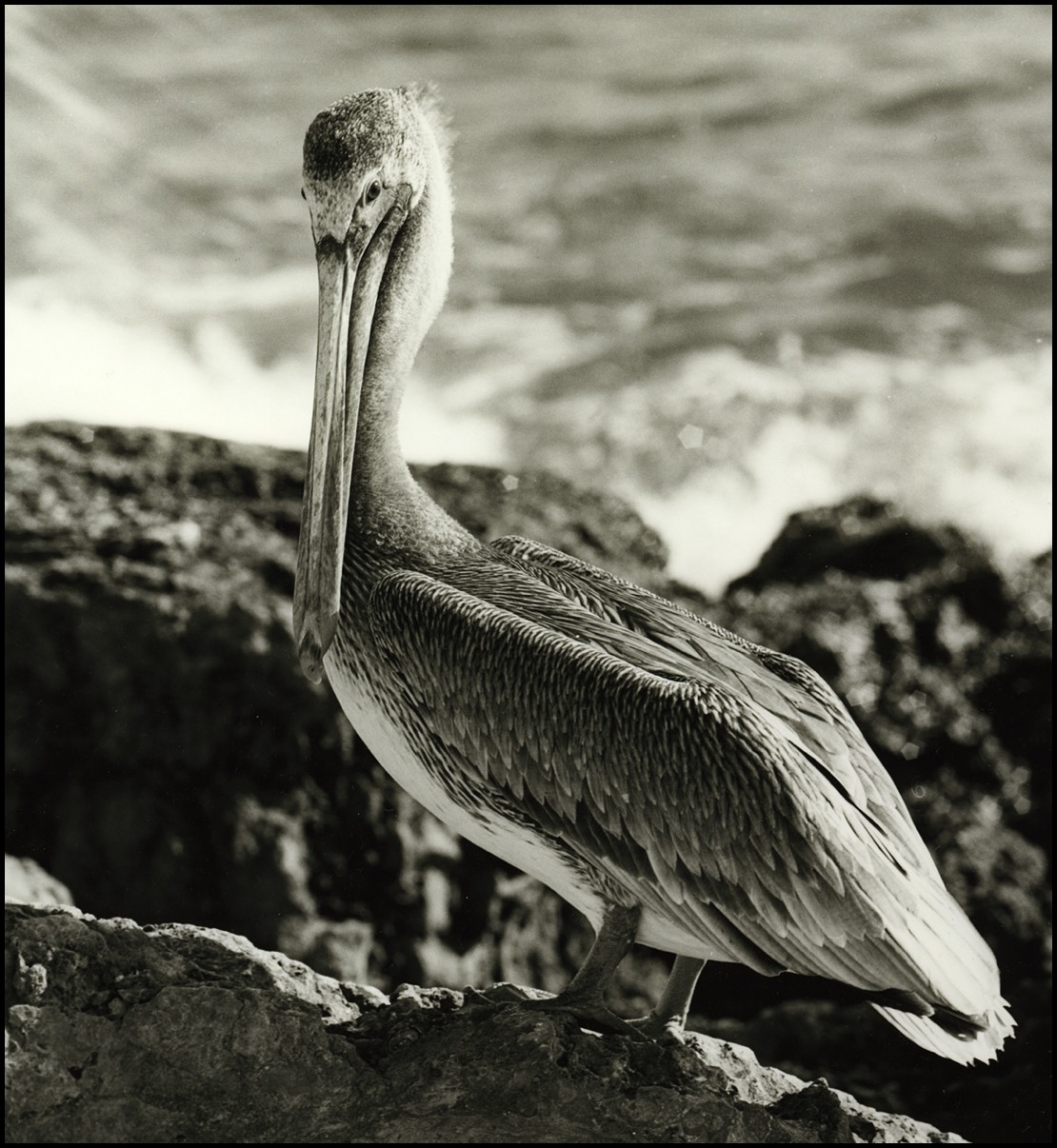Pictorial Planet
Please become a Patreon of my work. You get special videos just for Patreons. You also support my website and YouTube work. Just check out the two tiers and decide what you might want as value benefits. Just click the link below…
PMK Developer
NEW!!!
Subscribe now to my new YouTube channel for tricks and tips on developers, darkroom work and photography.
Subscribe to our new newsletter!

PMK 1:2:100 8 Minutes at 20c |
Hutchinsons' PMK developer borrows much from the slightly earlier Wimberley formula called WD2D. It includes the same 1:10 Metol to Pyro ratio and the same preservative - sodium bisulphite; the difference then is left to the activator. WD2D uses the more alkaline Sodium Carbonate and PMK uses the less active Metaborate. It means that if you have a solution of Sodium Carbonate on hand you can make both developers from the same PMK formula.
Are the two developers the same? The short answer is no, but similar. The different activator creates a different colour stain, yellow for WD2D and a more green for PMK. These stains will effect the way the negative prints on darkroom paper but more of that later.
Why you might choose PMK as your film developer.
To paraphrase the late and great photographer Barry Thornton, you cannot make a fine print from a poor negative, and this developer will help make fine negatives. Of course you, as a photographer, have to make the photograph and expose it correctly, but developed with care in PMK you'll be making beautiful negatives. Hutchins’ developer shows a luminous and detailed quality that mere mortal developers just cannot easily achieve. It’s a sharp developer, showing great acutance, and has no solvent action on the negative grain. This means, just like Rodinal for instance, PMK retains the full natural film grain creating sharper and detailed photographs.
However, unlike Rodinal whose 'honest' grain can be more noticeable, PMK adds a subtle image stain to the negative that's in key and in proportion to the silver density. The higher the silver density the higher this helpful stain. It fills in the gaps and smoothes out the grain so as not to give the harder appearence of Rodinal. A nice advantage of Pyro (and pyrocatechin) developers.
PMK’s sharpness is also enhanced by the tanning effect of pyro on gelatine. By tanning (AKA hardening) the emulsion PMK slows the movement of development by products across high contrast lines in the image the practical upshot of which is sharper lines between areas of close proximity. This micro and macro sharpness is pleasing to the eye.
Finally, of note is PMKs very good economy of use. With dilutions of 1+2+100 the standard 500ml bottle of part A and 1ltr bottle of part B will develop over 100 of your 35mm films. This wouldn’t be of such importance if the developer didn’t keep well but PMK keeps for many years even in an opened half used bottle. If you want to help the developer last even longer then add a gentle squirt of butane gas from a lighter refil canister into the bottle after each use.
PMK formula:
- Stock Solution A
- Distilled Water (24C) 400ml
- Metol 5g
- Sodium Bisulphite 10g
- Pyrogallol 50g
- Water to make 500ml
- Stock Solution B
- Distilled Water (24C) 400ml
- Sodium Metaborate 300g
- Water to make 1 liter
- Use with ratio 1:2:100 and develop at 20c.
Printing with PMK.
It’s in the printing that you will really experience why photographers use this developer. The stained negative becomes an infinitely variable contrast filter. The highlights print with such long range of tones that they look almost three dimensional. Look at the Pelikan below. The rendition of the highlight detail makes the bird come alive on the print. This, by the way, is a scan of the print on Ilford Multigrade Warmtone paper, not the negative.
The only way to experience PMK is to print it in the darkroom and get the full benefit of this beautiful developer.

PMK 1:2:100 9 Minutes at 20c |